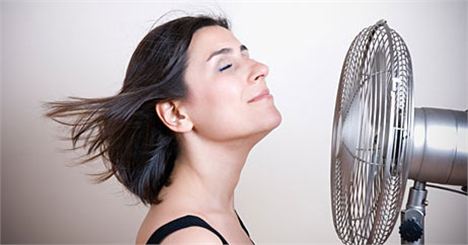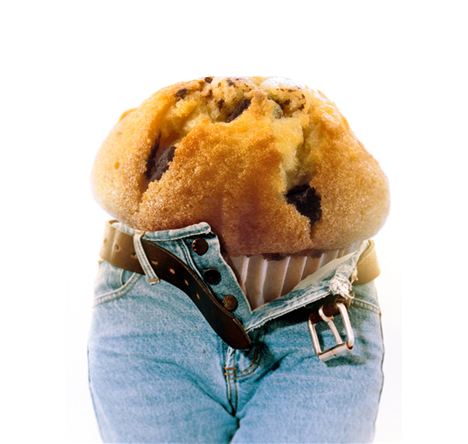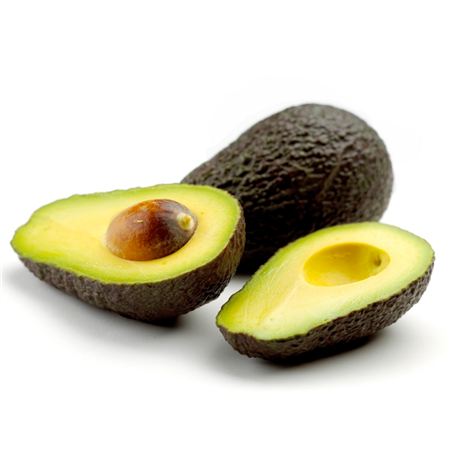IN this series of articles, I'll be addressing some of the issues women in their 40s and 50s face when trying to lose weight. Over the next few weeks, I'll look at stress, faddy diets and the wrong types of exercise, but we're going to start with the big issue facing every woman as she ages - the peri menopause.
There are a number of things you can do but as with any weight loss issue, good nutrition is 80 per cent of the answer.
In A Woman’s Guide to Restoring Health & Vitality, Dr Jerilynn Prior summed up the peri menopause when she described it as ‘the ovaries’ last stand’. Basically, peri menopause is the 8 to 12 year period before menopause when the female sex hormone balance changes and our bodies prepare to come to the end of the fertile years.
But what exactly is happening that brings on that annoying muffin top that refuses to budge?
Well, traditionally it was thought declining levels of oestrogen were to blame for the weight gain, hot flushes and flooding periods at this time in a woman's life, but research has shown that it's not actually that simple.
Oestrogen doesn't work in isolation. Whilst it courses through our body at fluctuating levels throughout our monthly cycle, its partner progesterone is working alongside it as a soothing, calming balm to minimise the negative impacts of oestrogen's peaks and troughs.
Between the ages of 37 and 50, oestrogen levels in women typically decline by about 35 per cent in total. Over the same period, progesterone levels drop by up to a massive 75 per cent which means there is a bigger gap between levels of the two hormones and less balm to calm the fiery behaviour of the oestrogen as it peaks and troughs throughout the month. This is why women in their 40s often begin to experience more dramatic premenstrual symptoms such as mood swings.
That's all well and good, but what does this oestrogen dominance (the scientific term used to explain the imbalance between oestrogen and progesterone) have to do with our expanding waistline?
 Experiencing Hot Flushes? Could Be Peri Menopause
Experiencing Hot Flushes? Could Be Peri Menopause
Because there is less progesterone in our body, when oestrogen levels go down, this dip seems more pronounced than it actually is. The body doesn't want to be oestrogen deficient (it works best when homeostasis - balance of hormones - exists) and so it looks to ways to produce more. If the body can't get oestrogen from the ovaries, it looks to cholesterol to provide it. Cholesterol is stored in fat cells and, if the body needs more cholesterol to make more oestrogen, it follows that it needs more fat cells to store the extra cholesterol.
I'm sure you've probably guessed where the cholesterol storing fat cells sit in the body, but just in case you haven't - it's around our waist. And so we have the beginnings of a muffin top.
To add insult to injury, during the peri menopause our levels of androgen (think hairy chin in extremis) are increasing. Androgen is a hormone responsible for body weight distribution and it distributes it around your waist.
There are a number of things you can do but as with any weight loss issue, good nutrition is 80 per cent of the answer. Try as much as possible to eat as nature intended. Cut out the stimulants - caffeine and alcohol - and avoid processed foods as these inhibit proper hormonal function and exacerbate the problems. Excess salt in your diet will cause bloating thus adding to your weight gain woes.
Oestrogen dominance can to some extent be countered by boosting our progesterone levels through eating the right foods. Foods high in beta carotene are ideal for this - think orange, red and yellow fruit and veggies for a start and use lots of ginger in cooking too. And make sure you're not going low fat. Beta carotene needs fat in the body to work properly, so make sure you're consuming healthy mono-unsaturated fats such as olive oil, oily fish and avocados.
Progesterone can also be boosted by upping your vitamin E levels and the best sources of this are sunflower seeds, almonds and dark green leafy vegetables.
With exercise, the key is to maximise your body's fat burning potential. You can do this by focusing on high intensity, resistance based exercises which keep your metabolism raised and your fat burning at a peak for up to 36 hours. If you want to know more about this type of exercise, make sure you check in to read my article later in the month when I'll focus on this area.
 Sara PerrySara Perry is a Personal Trainer & Development Coach passionate about helping women over the age of 40 live fitter, happier and healthier lives.
Sara PerrySara Perry is a Personal Trainer & Development Coach passionate about helping women over the age of 40 live fitter, happier and healthier lives.
For more information visit www.renaissance4women.com or email info@renaissance4women.com














